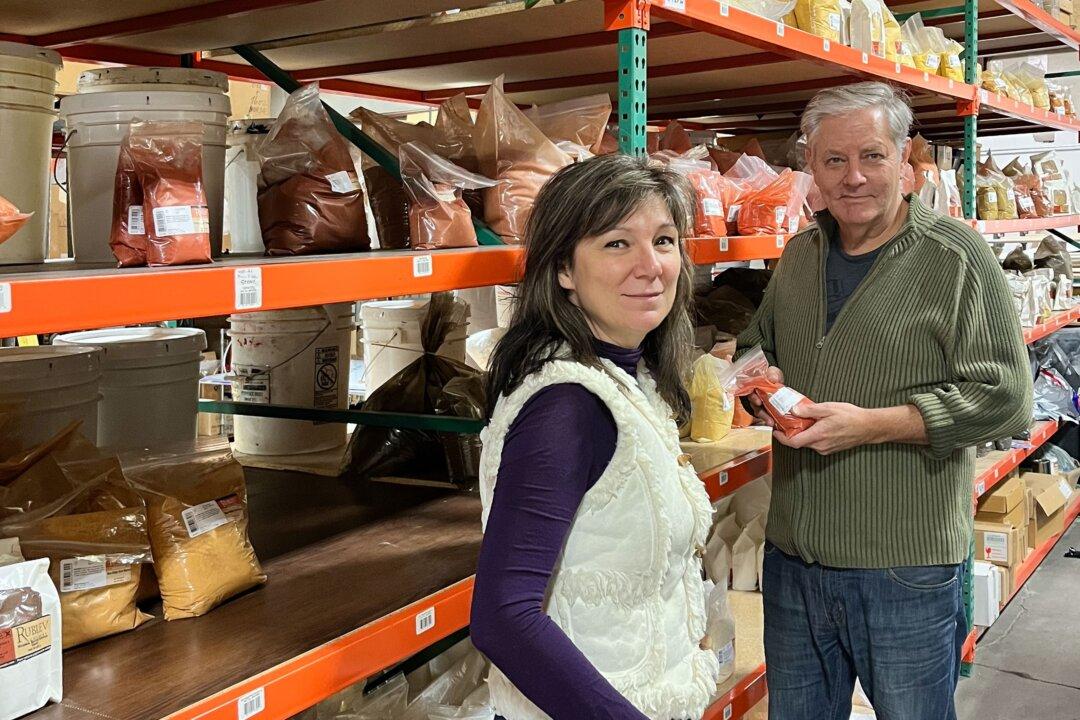For over 30 years, George O’Hanlon has been making paint and investigating natural pigments and mediums, keen to find the best practices and formulations to pass on to professional artists. His quest has taken him around the world, where he’s discovered fellow artists and enthusiasts just as passionate about the art of painting and paint making as he is.
Early in his quest, George fell in love. And now he and his wife, Tatiana Zaytseva, support artists from around the world via their California-based business, Natural Pigments.






